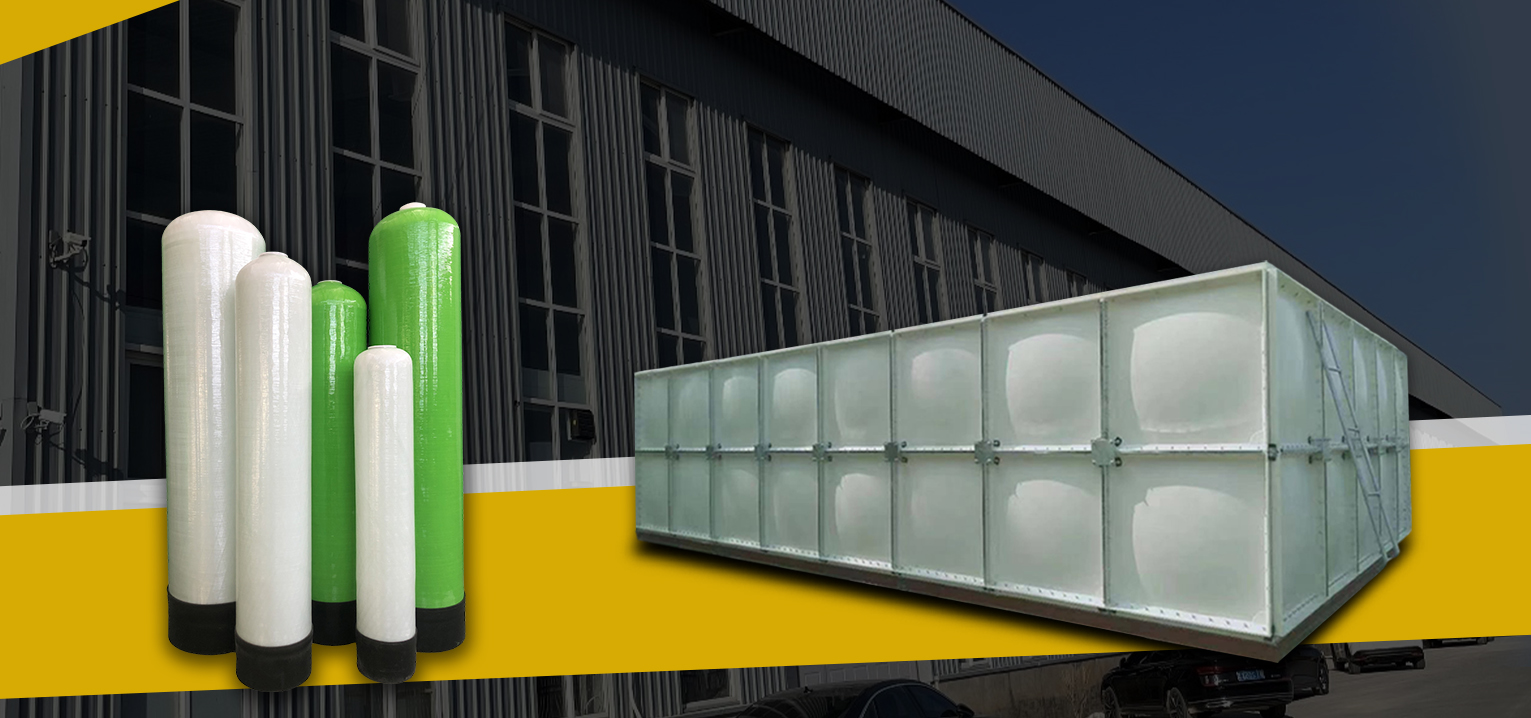loading...
- No. 9, Xingyuan South Street, Dongwaihuan Road, Zaoqiang County, Hengshui, Hebei, China
- admin@zjcomposites.com
- +86 15097380338
- Welcome to visit our website!
fibreglass reinforcement bar
Fibreglass Reinforcement Bar A Revolutionary Advancement in Construction Materials
In recent years, the construction industry has continually evolved, introducing innovative materials that enhance durability, longevity, and environmental sustainability. One such advancement is the fibreglass reinforcement bar, commonly known as GFRP (Glass Fibre Reinforced Polymer) rebar. This cutting-edge material is revolutionizing the way we approach structural reinforcement, offering a plethora of advantages over traditional steel rebar.
Fibreglass reinforcement bars are primarily composed of glass fibers and a polymer resin, which results in a product that is not only lightweight but also exceptionally strong. One of the most notable benefits of GFRP rebar is its resistance to corrosion. Unlike steel, which can deteriorate when exposed to moisture and salt, fibreglass rebar is non-corrosive, making it an ideal choice for structures in harsh environments, such as coastal regions or areas where de-icing salts are commonly used. This characteristic significantly extends the lifespan of concrete structures, reducing maintenance costs and enhancing safety.
Another significant advantage of fibreglass rebar is its lightweight nature. GFRP bars can weigh up to 75% less than their steel counterparts, which simplifies transportation and handling on construction sites. This reduction in weight can also lead to lower transportation costs and a decrease in fuel consumption, promoting a more environmentally friendly construction practice. Furthermore, the lightness of GFRP makes it easier for workers to install, thereby increasing efficiency on-site.
fibreglass reinforcement bar

In addition to its practical benefits, GFRP rebar also boasts high tensile strength and flexibility, allowing it to withstand various loads and stresses without the risk of deformation. This characteristic makes it suitable for a wide range of applications, from bridge construction to residential buildings and even precast concrete products. The versatility of fibreglass rebar enables engineers and architects to push the boundaries of design, creating structures that are not only functional but also aesthetically pleasing.
Moreover, fibreglass rebar offers significant thermal insulation properties. Unlike steel, which conducts heat, GFRP does not transfer temperature shocks to concrete. This can be highly beneficial in preventing cracking in structures exposed to extreme temperature fluctuations, thereby enhancing the overall integrity of the construction.
Although the initial cost of fibreglass reinforcement bars may be higher than that of traditional steel rebar, the long-term savings in maintenance and durability often justify the investment. As the construction industry continues to prioritize sustainability and resilience, GFRP rebar is poised to become a standard material in modern building practices.
In summary, fibreglass reinforcement bars represent a significant advancement in construction materials. Their corrosion resistance, lightweight nature, high tensile strength, and thermal insulation properties make them an invaluable asset in today's construction projects. As the industry embraces innovative solutions to meet the challenges of climate change and evolving design needs, GFRP rebar stands out as a forward-thinking option that combines performance, efficiency, and sustainability. The future of construction is undoubtedly brighter with fibreglass reinforcement bars paving the way for stronger and more durable structures that stand the test of time.
-
GRP Structures: The Future of Lightweight, High-Performance EngineeringNewsJun.20,2025
-
FRP Water Tank: High-Performance Storage for Corrosive and Clean Water SystemsNewsJun.20,2025
-
FRP Square Tube: The New Industry Standard for Chemical and Structural ApplicationsNewsJun.20,2025
-
FRP Pultruded Profiles: The Ultimate Choice for Lightweight Structural StrengthNewsJun.20,2025
-
FRP Handrails: The Safer, Smarter, and Stronger Choice for Modern InfrastructureNewsJun.20,2025
-
FRP Grating: The Smart Solution for Durable, Lightweight Industrial FlooringNewsJun.20,2025
-
Why Choose a Galvanized Water Tank for Your Storage NeedsNewsMay.21,2025
